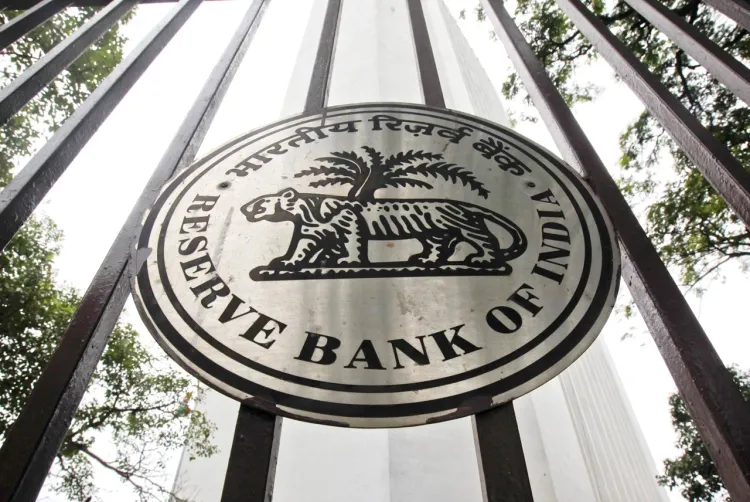Could the RBI Lower Repo Rate If GDP Declines?

Synopsis
Key Takeaways
- The RBI may consider rate cuts based on GDP performance.
- Current repo rate stands at 5.50 percent.
- GDP growth forecast for FY26 is 6.5 percent.
- US Federal Reserve's actions could influence RBI's decisions.
- Corporate bonds are offering favorable spreads currently.
New Delhi, Aug 14 (NationPress) The Reserve Bank of India's Monetary Policy Committee (MPC) may contemplate further reductions in the policy rate if forthcoming GDP figures do not meet expectations and if the US Federal Reserve initiates aggressive easing due to a weakening labor market, according to a report published on Thursday.
HSBC Mutual Fund indicated that any additional leeway for easing could arise if economic growth lags, alongside potential rate cuts from the US Federal Reserve aimed at addressing labor market vulnerabilities.
In its recent policy meeting, the MPC held the GDP growth forecast for FY26 steady at 6.5 percent, with quarterly estimates of 6.5 percent in Q1, 6.7 percent in Q2, 6.6 percent in Q3, and 6.3 percent in Q4.
The report suggests that until these conditions manifest, yields on government securities are likely to remain stable, primarily driven by liquidity factors.
The RBI's committee maintained the repo rate at 5.50 percent while adopting a neutral stance following previous cuts totaling 100 basis points.
The report elaborates that the RBI aims to allow time for the effects of recent rate cuts to materialize, acknowledging global uncertainties and tariff-related risks that may impact growth, though their influence on inflation is expected to remain limited.
The RBI is anticipated to sustain ample system liquidity to ensure that the benefits of prior rate cuts are fully realized, with an anticipated cash reserve ratio reduction next month likely to further decrease borrowing costs, as stated in the report.
Additionally, the report noted that corporate bonds with maturities of 2–4 years are presently providing attractive spreads of 65–75 basis points over comparable Indian government bonds, which may experience spread compression in the near future.
As the easing cycle approaches its conclusion, the report recommends an overweight position on these bonds to seize carry opportunities.
A possible rate cut from the US Federal Reserve in September could provide the RBI with greater flexibility, especially with inflation expected to remain moderate until Q4 of FY26, according to the report.
It anticipates the MPC to adopt a measured approach as the end of calendar year 2025 approaches, with a continued focus on India's growth trajectory.









